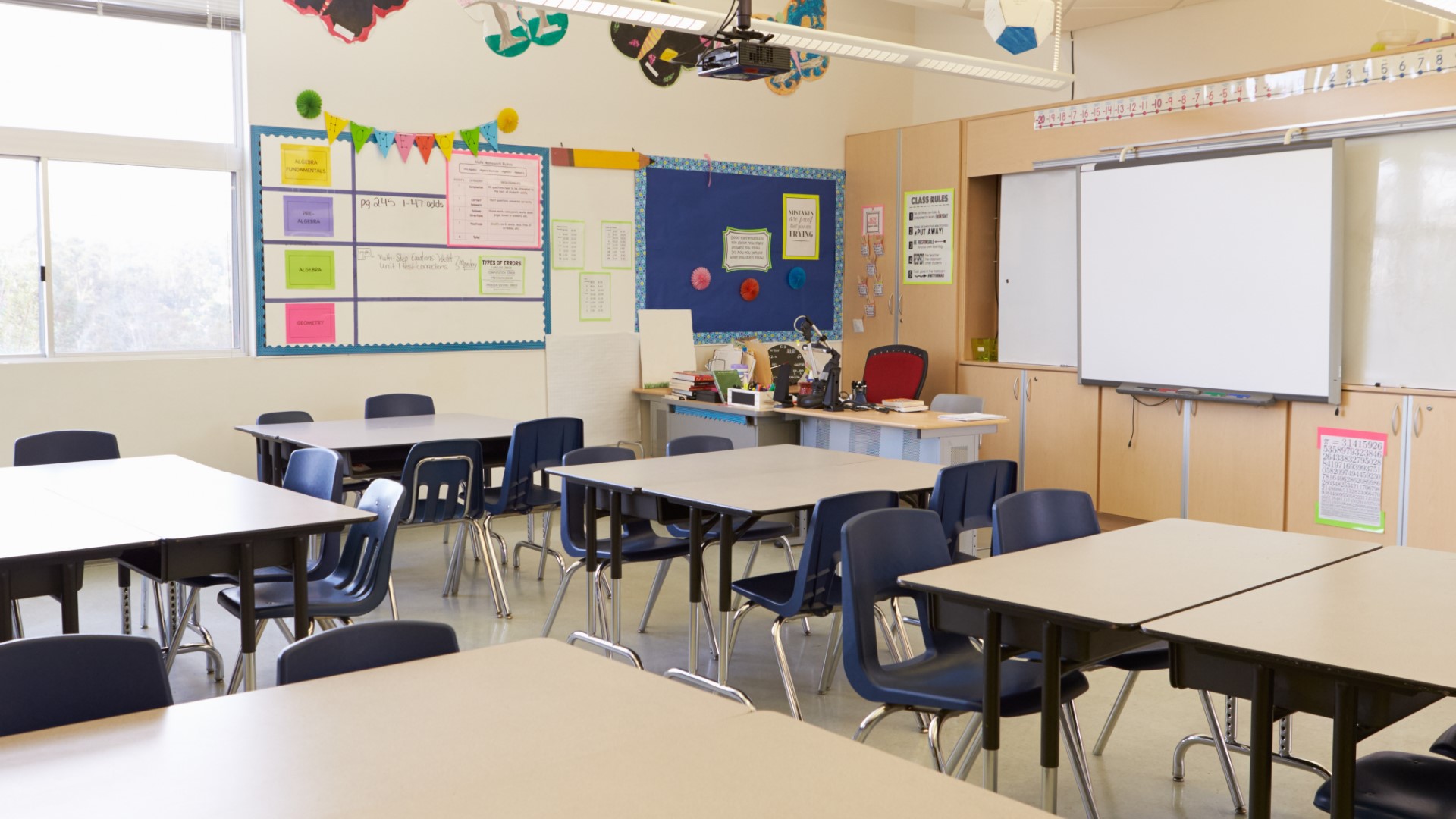COLUMBUS, Ohio — The pandemic taught us to pay closer attention to things that can make us sick and keep us healthy, including the air we breathe.
Studies from the Environmental Protection Agency show we spend 90% of our time inside. For kids, that includes a lot of time spent in school. Because of this, 10TV reached out to several districts in the region to find out how they measure air quality and if they're looking to improve it.
We found large buildings, like schools, use a minimum efficiency reporting value, or MERV, rating system. The ratings start at one, the least amount of air filtration, and go to 16, the most amount of filtration.
The Centers for Disease Control recommend schools have at least a MERV 13 filter to protect students and staff members, but this filter is not required.
Several school districts are making changes to their HVAC systems to provide cleaner air.
The Columbus City School district is upgrading its HVAC systems, buildings will have a MERV 13 filter in place. Westerville City Schools is not looking to make any changes to their HVAC systems, but district leaders did say they currently have MERV 8 filters in buildings.
While districts in central Ohio find ways to keep the air cleaner, Nobel Local Schools is one of three districts that invested in something stronger.
NanoStrike devices look like white boxes which can be mounted in classrooms and hallways about six feet in the air. Noble Local School Superintendent Dan Leffingwell said he felt the units would make a big difference in his school.
"We felt like we improved air quality, but we were also looking for a technology that would take things to another level,” Leffingwell said. “I felt like this product had been vetted for at least 12 years prior to COVID in medical spaces, in professional sports arenas, in a number of areas.”
Leffingwell found out about this device with the help of Protect-ED Director of Business Development Lindsey Haglage and her coworkers. She spent time understanding how it works.
“If you break the word into two parts, 'strike' is the technology where pathogens and microorganisms just burst at the DNA and the protein level. 'Nano' speaks to just how long it takes,” Haglage said.
She said the device kills pathogens and other harmful bacteria instead of just trapping those germs as most filters would do.
Haglage said it’s not something most people or parents would think about.
“As parents, we ask about student-teacher ratios, we ask about textbooks, about food, bus routes, but has anyone ever asked about the air students are breathing?” Haglage said.
EPA studies show better air quality leads to students working faster, having higher test scores and having better attendance. All things Haglage and her coworkers at Protect-ED are working to bring attention to.
Protect-ED is a company launched during the pandemic to bring scientists and educators together to find the best ways of keeping classrooms safe and clean. Haglage said that starts with the air inside those classrooms.
“Everything from moods to attention spans seem to improve with clean air.”
Protect-ED has helped to bring nano strike technology to three schools in Ohio. The cost of the NanoStrike unit is roughly $2,000.
Schools across the nation were given extra COVID-related emergency relief funding to pay for upgrades and new technologies like the NanoStrike unit.

